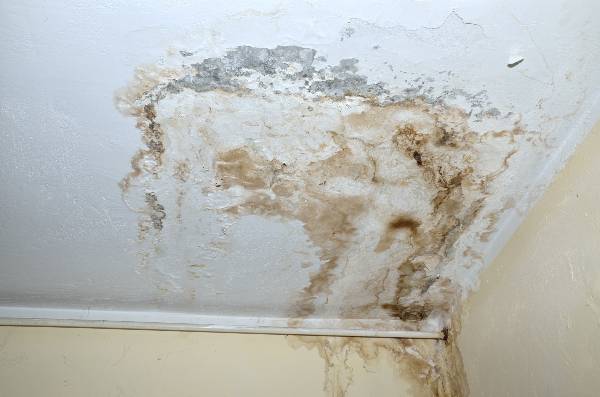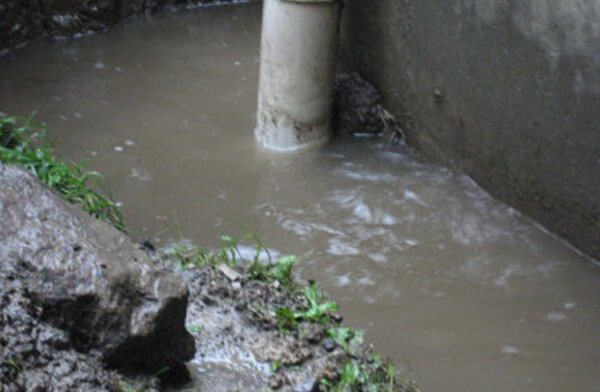Exactly how to Inspect If Your House Has a Concealed Leakage
Exactly how to Inspect If Your House Has a Concealed Leakage
Blog Article
How do you feel in regards to Hacks to detect leaks?

Early discovery of leaking water lines can alleviate a prospective calamity. Some tiny water leakages may not be visible.
1. Analyze the Water Meter
Every house has a water meter. Checking it is a guaranteed manner in which helps you uncover leakages. For starters, turn off all the water resources. Make sure nobody will certainly purge, utilize the tap, shower, run the cleaning machine or dish washer. From there, go to the meter and also watch if it will alter. Considering that no one is utilizing it, there ought to be no movements. If it relocates, that shows a fast-moving leak. If you identify no changes, wait an hour or two and check back once again. This indicates you might have a slow leak that could even be below ground.
2. Check Water Usage
Evaluate your water costs and also track your water consumption. As the one paying it, you must notice if there are any type of disparities. If you detect sudden changes, despite your usage being the same, it suggests that you have leakages in your plumbing system. Keep in mind, your water bill should drop under the very same variety each month. An abrupt spike in your bill shows a fast-moving leak.
A steady rise every month, even with the very same routines, reveals you have a sluggish leakage that's additionally slowly intensifying. Call a plumber to extensively inspect your residential property, particularly if you feel a cozy area on your floor with piping below.
3. Do a Food Coloring Test
30% comes from commodes when it comes to water intake. Test to see if they are running appropriately. Decline flecks of food color in the storage tank as well as wait 10 minutes. There's a leakage in between the container and bowl if the color in some way infiltrates your bowl throughout that time without flushing.
4. Asses Outside Lines
Do not fail to remember to check your outdoor water lines too. Examination spigots by affixing a garden hose pipe. Should water permeate out of the link, you have a loose rubber gasket. Replace this as well as make certain all links are limited. If you have actually obtained an automatic sprinkler, it will help get it expertly examined as well as preserved annually. One little leak can lose lots of water and also increase your water expense.
5. Analyze the scenario as well as inspect
Homeowners ought to make it a habit to check under the sink counters and even inside closets for any bad odor or mold and mildew growth. These 2 red flags suggest a leak so punctual interest is required. Doing regular evaluations, also bi-annually, can save you from a major issue.
Examine for stainings and deteriorating as the majority of devices and pipelines have a life expectancy. If you suspect dripping water lines in your plumbing system, don't wait for it to escalate.
Early discovery of dripping water lines can reduce a potential disaster. Some small water leakages might not be visible. Inspecting it is a surefire means that helps you uncover leakages. One tiny leakage can lose bunches of water as well as increase your water costs.
If you believe leaking water lines in your plumbing system, don't wait for it to escalate.
How to Know If Your Home Has a Hidden Leak
Water Meter Reveals Inexplicable Water Usage
If you’d like to test whether or not there’s a leak somewhere in your home, you can do this using your water meter. Here is how to conduct the test:
Don’t use any water in your home for at least 30 minutes; this also means not turning on faucets or water-using appliances.
Go outside, and check your water meter for activity.
If your water meter shows that there was activity, even though no one was using any water, this proves that there is a leak in your home.Visible Mold or Mildew Growth
Leaks behind walls create moist, dark environments that allow mold and mildew to grow and thrive. Eventually, you might see mold growth forming on the wall closest to a hidden leak.
If mold is growing in an area that receives a high amount of moisture, such as a bathroom, it may simply be an indication that better ventilation is needed. However, if you see mold growth on a wall or the ceiling in an area where you would not expect, you probably have a hidden leak.
Musty, Mildew Odor
Sometimes you might not be able to see the mold or mildew that is growing as a result of a leak. However, the smell can give the problem away just as easily. If you catch a whiff of something musty, there’s a good chance that old water is collecting somewhere in your home that you can’t see.
Stained/Warped Walls, Ceilings, or Floors
When your home soaks up water, a variety of red flags can become visible, including ceiling stains, bubbling drywall, warped walls, and sagging floors. While these issues can be caused by excess humidity, they can also be signs that a pipe or plumbing connection has started leaking behind your walls.
Inexplicably High Water Bill
After a while, you get a general sense for what your water bill should be. If you own a pool or sprinkler system, your bill will tend to be higher during summer. However, if you receive a water bill that seems especially high, and you can’t figure out what caused it, then you may have a hidden leak somewhere that’s increasing your bill.
https://www.plumbingjoint.com/blog/2019/july/how-to-know-if-your-home-has-a-hidden-leak/

Do you appreciate reading up on Leaking water lines? Write a short review down the page. We will be pleased to know your thinking about this blog post. Hoping that you visit us again in the future. Enjoyed our entry? Please share it. Help someone else check it out. Thank-you for going through it.
Report this page